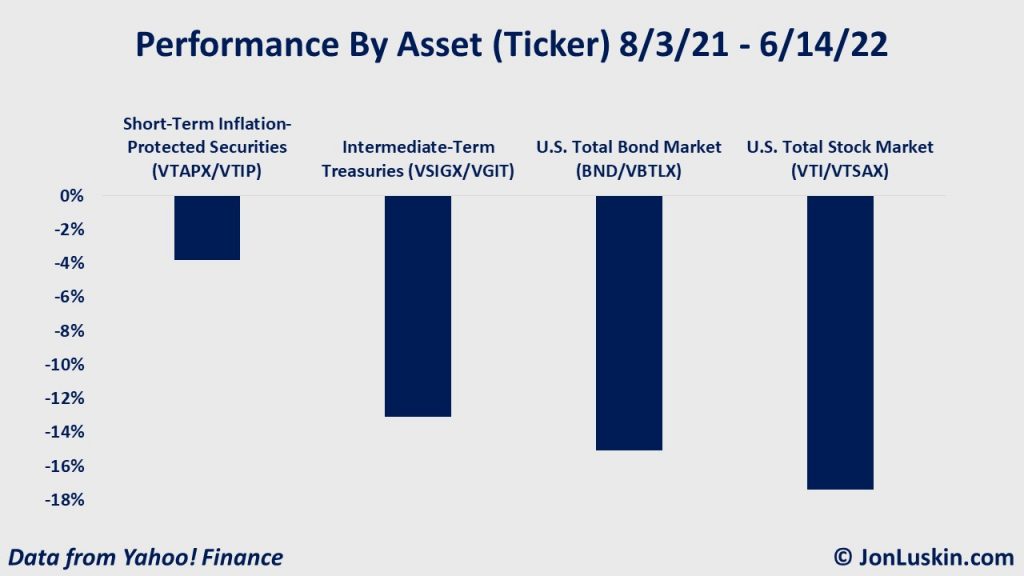
While selling bonds before maturity has many risks, investors often prefer this method because it frees capital for other investments. It's a good idea not to get into debt by selling bonds before maturity. But, before selling your bonds you need to liquidate other investments. These are the risks of selling bonds prior to maturity. Here are some things to keep in mind before you sell your bonds. You should also take into account the creditworthiness and ability of the issuer when selling bonds.
Rates of interest
You should be aware of the interest rates you are selling bonds for. There are many reasons to do this. Bonds are an important part of any portfolio. Understanding interest rates will help you adjust your holdings if rates change. Bond mutual funds or ETFs can minimize your risk by letting professionals do the math. These funds can help you keep your portfolio balanced. Investing through mutual funds and ETFs in bonds can help to manage risk and allow you to leave the math up to the experts.

Issuer's creditworthiness
When buying bonds, investors need to assess the creditworthiness the issuer. Rating agencies evaluate a debt's financial strength and its ability to pay its obligations. Rating agencies assign ratings based upon their confidence in the issuer. However, this rating may not reflect the actual risk of default. Rating agencies' assessments are very helpful in determining financial stability of specific bond issuers. They are often included within the prospectus.
Price of bond
The price of bonds selling is determined by the formula of a bond's coupon rate, yield to maturity, par value, and tenor. The primary and secondary markets have many factors that influence the price of bonds. They include liquidity, creditworthiness, creditworthiness, creditworthiness, and time to next coupon payment. Market conditions affect the price of a bond. To get a better idea of the price of a bond, it is helpful to look at some of the most common factors.
Redeeming government bonds of savings
There are three ways to redeem government savings bonds. These bonds can be cashed out in three ways: January, July and October. You may need to visit a Federal Reserve Bank Savings Bond Process Site to cash in your bonds. These locations can be found on the TreasuryDirect Web site. To redeem your bonds, the bearer must present a photo ID along with a Power of Attorney. If the bond belonged to a deceased individual, the bearer will need to provide a death certificate.

Selling bonds in secondary market
If you're interested in selling bonds before maturity, this is the market for you. This market is different from buying stocks, and there are several factors to keep in mind when selling your bonds. Below are some of these key parameters to remember:
FAQ
What is security at the stock market and what does it mean?
Security is an asset that produces income for its owner. Shares in companies are the most popular type of security.
One company might issue different types, such as bonds, preferred shares, and common stocks.
The earnings per share (EPS), as well as the dividends that the company pays, determine the share's value.
A share is a piece of the business that you own and you have a claim to future profits. You will receive money from the business if it pays dividends.
You can sell your shares at any time.
What is the distinction between marketable and not-marketable securities
The key differences between the two are that non-marketable security have lower liquidity, lower trading volumes and higher transaction fees. Marketable securities can be traded on exchanges. They have more liquidity and trade volume. You also get better price discovery since they trade all the time. However, there are some exceptions to the rule. For example, some mutual funds are only open to institutional investors and therefore do not trade on public markets.
Marketable securities are less risky than those that are not marketable. They are generally lower yielding and require higher initial capital deposits. Marketable securities are typically safer and easier to handle than nonmarketable ones.
For example, a bond issued in large numbers is more likely to be repaid than a bond issued in small quantities. The reason is that the former is likely to have a strong balance sheet while the latter may not.
Because they are able to earn greater portfolio returns, investment firms prefer to hold marketable security.
What are the advantages of investing through a mutual fund?
-
Low cost – buying shares directly from companies is costly. Buying shares through a mutual fund is cheaper.
-
Diversification - most mutual funds contain a variety of different securities. The value of one security type will drop, while the value of others will rise.
-
Professional management - professional mangers ensure that the fund only holds securities that are compatible with its objectives.
-
Liquidity: Mutual funds allow you to have instant access cash. You can withdraw your money at any time.
-
Tax efficiency – mutual funds are tax efficient. As a result, you don't have to worry about capital gains or losses until you sell your shares.
-
Buy and sell of shares are free from transaction costs.
-
Mutual funds are easy-to-use - they're simple to invest in. You will need a bank accounts and some cash.
-
Flexibility: You have the freedom to change your holdings at any time without additional charges.
-
Access to information- You can find out all about the fund and what it is doing.
-
Investment advice - you can ask questions and get answers from the fund manager.
-
Security – You can see exactly what level of security you hold.
-
Control - you can control the way the fund makes its investment decisions.
-
Portfolio tracking – You can track the performance and evolution of your portfolio over time.
-
Easy withdrawal - it is easy to withdraw funds.
What are the disadvantages of investing with mutual funds?
-
Limited choice - not every possible investment opportunity is available in a mutual fund.
-
High expense ratio - the expenses associated with owning a share of a mutual fund include brokerage charges, administrative fees, and operating expenses. These expenses will eat into your returns.
-
Lack of liquidity: Many mutual funds won't take deposits. They must only be purchased in cash. This limits the amount of money you can invest.
-
Poor customer support - customers cannot complain to a single person about issues with mutual funds. Instead, you need to contact the fund's brokers, salespeople, and administrators.
-
Risky - if the fund becomes insolvent, you could lose everything.
What Is a Stock Exchange?
Stock exchanges are where companies can sell shares of their company. Investors can buy shares of the company through this stock exchange. The market sets the price for a share. It is usually based on how much people are willing to pay for the company.
Companies can also raise capital from investors through the stock exchange. To help companies grow, investors invest money. This is done by purchasing shares in the company. Companies use their money to fund their projects and expand their business.
There are many kinds of shares that can be traded on a stock exchange. Others are known as ordinary shares. These are the most common type of shares. Ordinary shares can be traded on the open markets. Stocks can be traded at prices that are determined according to supply and demand.
Preferred shares and bonds are two types of shares. When dividends become due, preferred shares will be given preference over other shares. Debt securities are bonds issued by the company which must be repaid.
Statistics
- Our focus on Main Street investors reflects the fact that American households own $38 trillion worth of equities, more than 59 percent of the U.S. equity market either directly or indirectly through mutual funds, retirement accounts, and other investments. (sec.gov)
- For instance, an individual or entity that owns 100,000 shares of a company with one million outstanding shares would have a 10% ownership stake. (investopedia.com)
- The S&P 500 has grown about 10.5% per year since its establishment in the 1920s. (investopedia.com)
- Ratchet down that 10% if you don't yet have a healthy emergency fund and 10% to 15% of your income funneled into a retirement savings account. (nerdwallet.com)
External Links
How To
How to Trade in Stock Market
Stock trading refers to the act of buying and selling stocks or bonds, commodities, currencies, derivatives, and other securities. Trading is French for "trading", which means someone who buys or sells. Traders purchase and sell securities in order make money from the difference between what is paid and what they get. This type of investment is the oldest.
There are many ways to invest in the stock market. There are three basic types: active, passive and hybrid. Passive investors only watch their investments grow. Actively traded investors seek out winning companies and make money from them. Hybrids combine the best of both approaches.
Index funds track broad indices, such as S&P 500 or Dow Jones Industrial Average. Passive investment is achieved through index funds. This is a popular way to diversify your portfolio without taking on any risk. All you have to do is relax and let your investments take care of themselves.
Active investing involves selecting companies and studying their performance. Active investors look at earnings growth, return-on-equity, debt ratios P/E ratios cash flow, book price, dividend payout, management team, history of share prices, etc. They will then decide whether or no to buy shares in the company. If they feel the company is undervalued they will purchase shares in the hope that the price rises. On the other side, if the company is valued too high, they will wait until it drops before buying shares.
Hybrid investing is a combination of passive and active investing. One example is that you may want to select a fund which tracks many stocks, but you also want the option to choose from several companies. This would mean that you would split your portfolio between a passively managed and active fund.